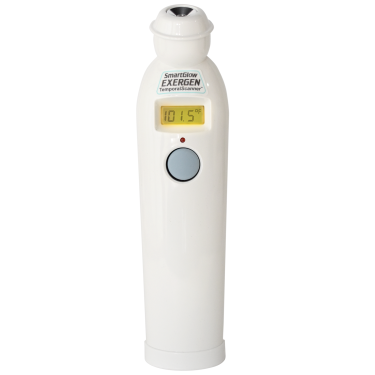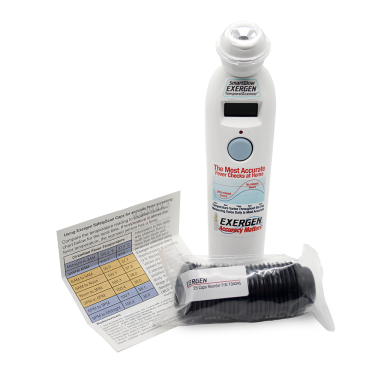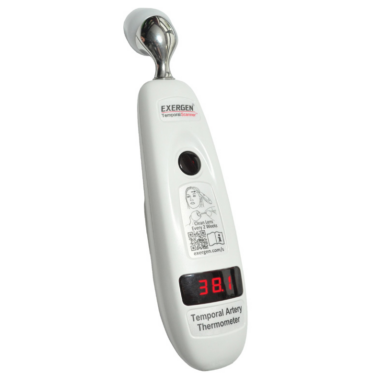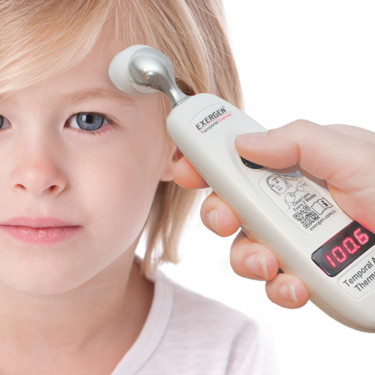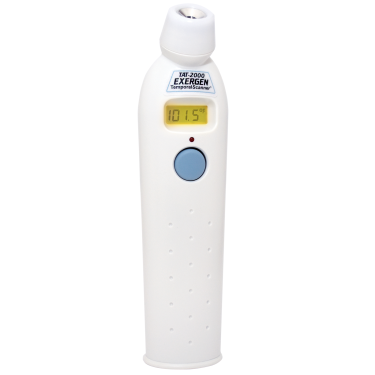Health officials are keeping a close eye on a new variant that’s starting to show up in the United States and throughout the world. The NB.1.8.1 variant has been causing a spike in cases in India and China and now it’s detected at U.S. airports and across several states.
Status in the U.S.
The CDC’s airport screening program has flagged cases of NB.1.8.1 among international travelers arriving in California, Washington, Virginia, and the New York City area. These travelers have come from countries like Japan, South Korea, France, Thailand, the Netherlands, Spain, Vietnam, China, and Taiwan. The testing took place between April 22 and May 12. In addition to these airport cases, health departments in Ohio, Rhode Island, and Hawaii have confirmed local cases.
NB.1.8.1 is now the dominant strain in China and is spreading quickly in parts of Asia. So far, NB.1.8.1 doesn’t seem to cause more severe illness than other variants. But scientists say it binds more tightly to human cells, which could mean it spreads more easily.
COVID Symptoms
Whether it’s NB.1.8.1 or another variant, knowing the symptoms of COVID-19 is still important. Symptoms usually show up 2 to 14 days after exposure and range from mild to severe. Common signs include:
- Dry cough or shortness of breath
- Loss of taste or smell
- Extreme fatigue
- Upset stomach, vomiting, or diarrhea
- Body aches, headaches, or muscle pain
- Fever or chills
- Cold-like symptoms (congestion, sore throat, runny nose)
Not everyone will have all these symptoms. Some people might not have any but can still spread the virus especially in the first week or two after being infected.
Since fever is one of the symptoms, keeping a close eye on temperature is important. Tools like the Exergen Temporal Artery Thermometer are quick and easy to use—making it simple to spot a fever early and know when it’s time to act.
When to Call the Doctor
If you test positive for COVID-19, it’s a good idea to check in with your doctor—especially if you’re at higher risk for complications. But seek emergency care right away if you experience:
- Trouble breathing
- Bluish or pale skin, lips, or nails
- New confusion or difficulty staying awake
- Persistent chest pain or pressure
Doctors can prescribe antiviral medications and help monitor symptoms to catch any serious changes early.
How to Protect Yourself and Others
The appearance of NB.1.8.1 is a reminder that our everyday precautions still matter. The CDC continues to recommend updated COVID-19 vaccines for everyone 6 months and older. New 2024–2025 versions are now available from Pfizer-BioNTech, Moderna, and Novavax.
In addition to staying up to date on vaccines, you can reduce your risk and protect those around you by:
- Testing if you feel sick or 5 days after being exposed
- Staying home when you’re unwell
- Washing hands frequently with soap and water
- Covering coughs and sneezes
- Disinfecting high-touch surfaces
- Keeping your distance in crowded indoor spaces, especially with poor ventilation
- Wearing a high-quality mask when transmission levels are high in your area
Looking Ahead
New variants will continue to emerge, but health experts say COVID-19 is now behaving in more predictable patterns. In the U.S., there are typically two peaks each year one in summer, one in winter. Right now, national COVID levels remain low, based on ER visits and wastewater data.
The key is staying informed and sticking with the habits we’ve learned over the past few years. By following public health advice and looking out for one another, we can continue to manage the risks while living our lives.
As always, stay connected to trusted health sources and talk with your doctor if you have questions about your risk or how best to protect yourself and your family.
Sources,
- CBS News, https://www.cbsnews.com/news/us-reports-cases-new-covid-variant-nb-1-8-1-behind-surge-china/
- Mayo Clinic, https://www.mayoclinic.org/diseases-conditions/coronavirus/symptoms-causes/syc-20479963
EXERGEN PN 850457, REV 1
